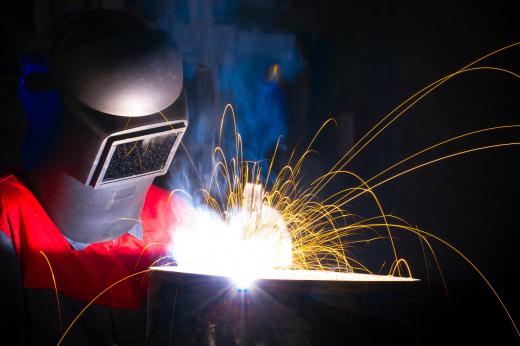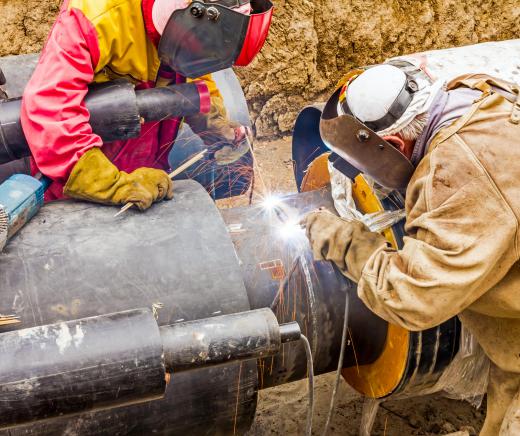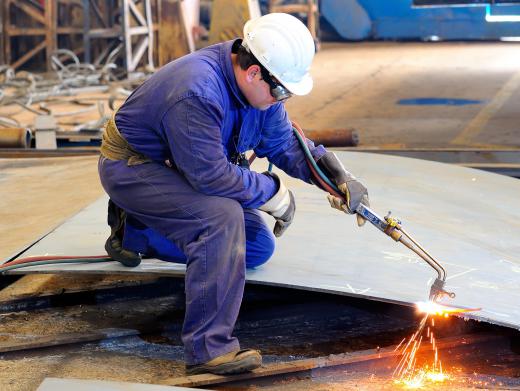Oxygen cutting is the practice of introducing oxygen to increase the heating temperature of a cutting gas, such as acetylene. By introducing the oxygen into the flame via the cutting torch head, the heat is increased and the operator is able to fine-tune the cutting flame to produce a desired effect. Oxygen cutting also uses the compressed oxygen to blow the liquidated metal out of the path of the cut.
Acetylene oxygen cutting and welding is a popular method for repairing and creating metal structures where there is no electrical power available. The practice of oxygen cutting, or oxy-acetylene as it is commonly called, makes cutting through thick steel an easy task on almost any job site. Most construction sites around the world have at least one acetylene oxygen cutting system on the site.

The addition of oxygen to any flame allows the flame to burn hotter. Much like blowing on a campfire to get the material burning, introducing oxygen to any fuel gas will increase the temperature that it burns at. Often, propane is used in a cutting torch instead of the more costly acetylene. This is due in part to the oxygen's ability to create a hotter flame with the propane allowing it to cut through metal.

Oxygen cutting also saves gas. The amount of gas used to create a cutting flame is less than half the amount of oxygen used. The acetylene is used just to build a base fire at the torch head, and the oxygen is used to adjust the level of heat at the flame tip. The flame is adjusted from a dull orange to a bright blue by adding oxygen into the gas mixture. When using the system to gas weld, the oxygen is added until a long flame becomes a short, concentrated fire.

When adjusting the oxygen cutting torch, the oxygen is adjusted in two ways. The gas is ignited and adjusted until there is no black smoke rising from the flame. The oxygen is then added to the flame until the flame burns bright blue, meaning the temperature is at its hottest. Finally, the oxygen cutting valve is adjusted until the flame becomes a short, bright blue color and the flame does not change much when the oxygen lever is pushed. This creates a loud blowing sound that cleans the cutting path of any residual molten metal.
